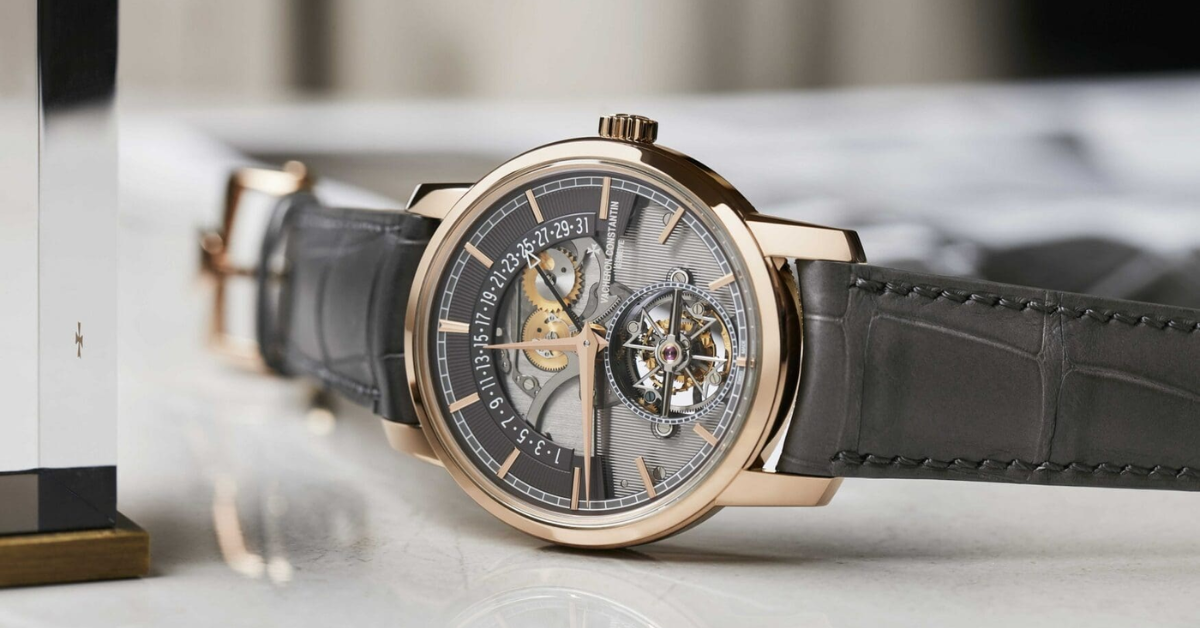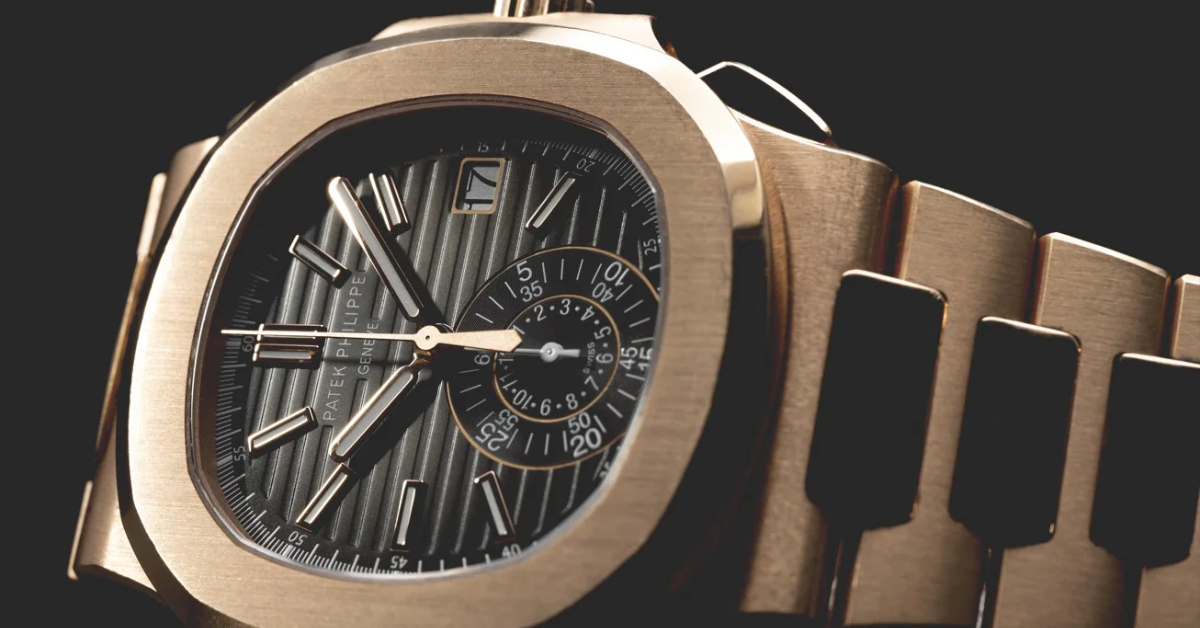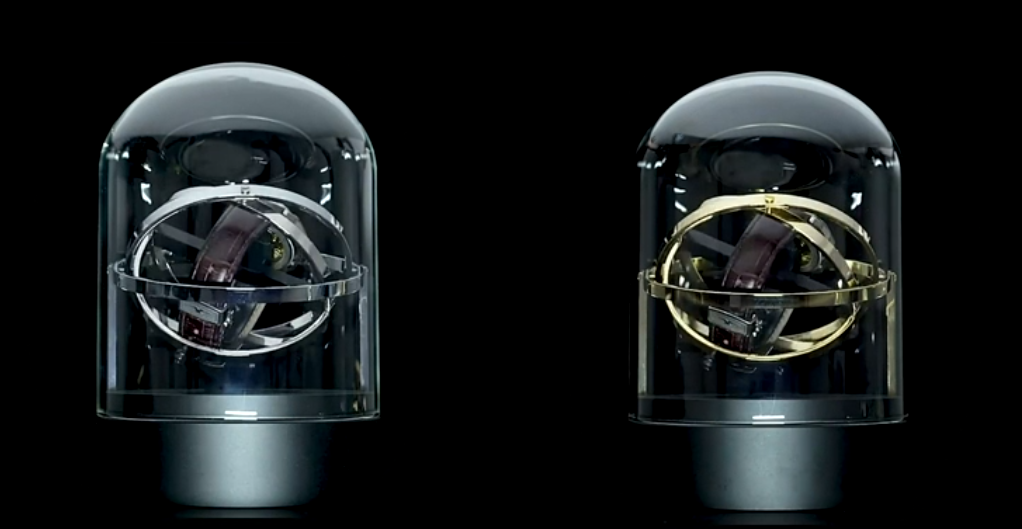
How Automatic Watches Revolutionized the Watch Industry
Introduction
The evolution of timekeeping has been marked by significant technological advancements, but few innovations have shaped the watch industry as profoundly as the automatic watch. Before its invention, mechanical watches required daily manual winding, making convenience a challenge for watch enthusiasts.
The introduction of self-winding movements changed everything—combining tradition with innovation and revolutionizing how people interacted with their timepieces. Today, automatic watches are considered a hallmark of craftsmanship and luxury, valued for their precision, engineering, and historical significance.
In this article, we’ll explore how automatic watches transformed the watch industry, their impact on horology, and why they remain a sought-after choice among collectors.
The Birth of Automatic Watches: A Game-Changer in Horology
The idea of a self-winding watch dates back to the 18th century, but it wasn’t until the 20th century that automatic movements became mainstream.
The First Automatic Watch Movements
- 1770s – Abraham-Louis Perrelet: The Swiss watchmaker developed one of the first self-winding mechanisms, designed to harness the motion of the wearer to power the watch.
- 1920s – John Harwood: The British watchmaker patented the first commercially successful automatic wristwatch, featuring a movement powered by a rotating weight.
- 1931 – Rolex Perpetual Rotor: Rolex introduced the Perpetual movement, which refined the concept of the oscillating rotor, laying the foundation for modern automatic watches.
These breakthroughs meant that watches no longer required daily manual winding—they wound themselves through natural wrist movement.

How Automatic Watches Changed the Watch Industry
1. Convenience and Practicality
Before automatic movements, watch owners had to manually wind their timepieces every day to keep them running. This routine could be tedious, and forgetting to wind a watch meant losing time accuracy.
With self-winding technology, watch wearers no longer had to worry about keeping their watches operational, as the motion of their wrist powered the mechanism. This transformed wristwatches from delicate accessories into reliable everyday tools.
2. The Rise of Wristwatches Over Pocket Watches
The early 20th century saw a transition from pocket watches to wristwatches, especially during World War I, when soldiers needed a hands-free way to check the time.
- Automatic wristwatches offered a more convenient solution than pocket watches, contributing to the wristwatch’s dominance.
- This shift played a critical role in making watches more accessible to the general public, professionals, and the military.

3. Luxury and Craftsmanship: A Status Symbol
As automatic movements became more complex and refined, they became synonymous with luxury, precision, and high-end craftsmanship.
- Brands like Rolex, Omega, and Patek Philippe helped elevate automatic watches into status symbols.
- The ability to power a timepiece with no battery or external power source showcased the art of traditional horology.
Today, owning an automatic watch is a statement of sophistication and appreciation for fine mechanics.
4. The Evolution of Watchmaking Technology
The introduction of automatic watches led to continuous innovation in watchmaking:
- Power reserve improvements: Early automatic watches stored around 24-48 hours of power, while modern models can last up to 10 days or more.
- Complications and features: Automatic watches evolved to include perpetual calendars, moon phases, tourbillons, and chronographs, expanding their appeal to collectors.
- Materials and movement advancements: The use of silicon components, anti-magnetic properties, and lightweight alloys has made automatic movements more efficient and durable.
The Enduring Appeal of Automatic Watches
Despite the rise of quartz and smartwatches, automatic watches continue to hold their ground in the luxury and collector’s market. Why?
- Timeless craftsmanship – Every automatic movement is a masterpiece of traditional watchmaking.
- Mechanical beauty – The intricate gears, rotors, and escapements showcase horology at its finest.
- Collectibility & value – Automatic watches, especially from top brands, retain and even appreciate in value over time.

Keep Your Automatic Watch Running with a Watch Winder
One challenge of automatic watches is that they stop running when not worn. If left unwound for too long, the lubricants inside the movement may settle, affecting performance.
A watch winder ensures that your automatic watch stays powered and accurate, even when it’s not on your wrist.
At Chronos 1907, we design high-quality watch winders with ultra-quiet motors, precision rotation settings, and luxurious finishes to preserve and display your timepieces in the best way possible.
Conclusion
The automatic watch remains one of the most significant innovations in horology, revolutionizing how we wear, maintain, and appreciate timepieces. From its invention to its role in modern luxury, self-winding technology has defined watchmaking excellence for over a century.
Whether you’re a collector or a first-time buyer, owning an automatic watch is about more than telling time—it’s about owning a piece of history.
Explore our collection of premium watch winders at Chronos 1907 and keep your automatic watches running in style.














